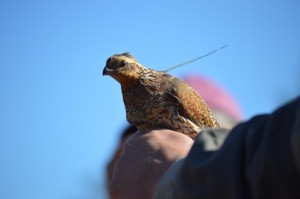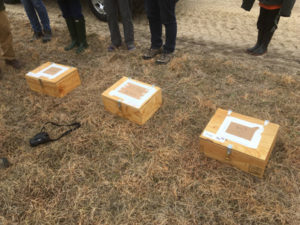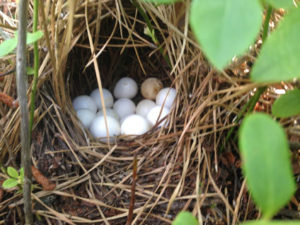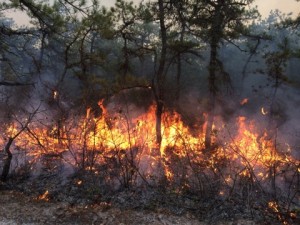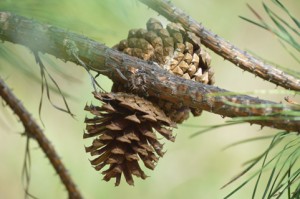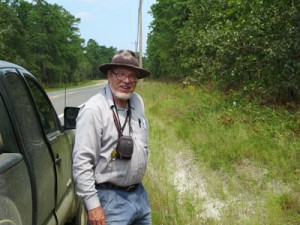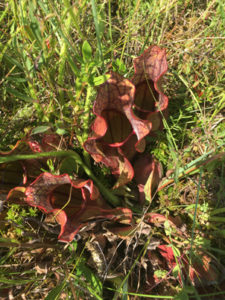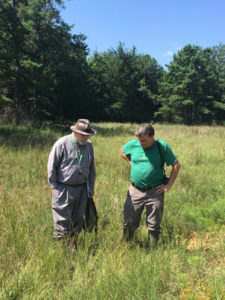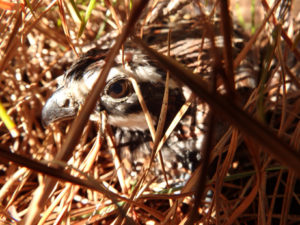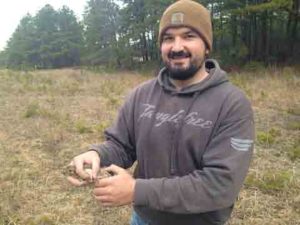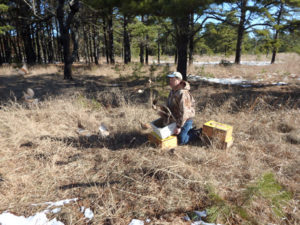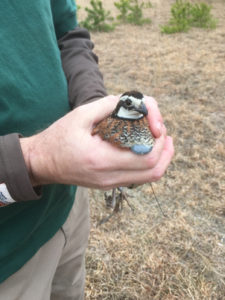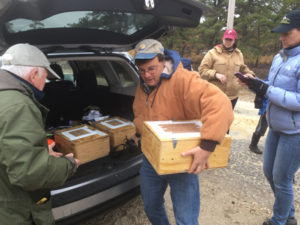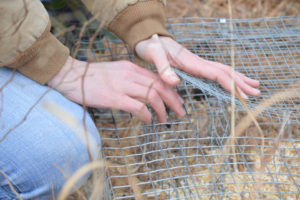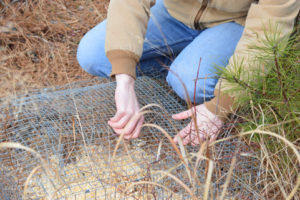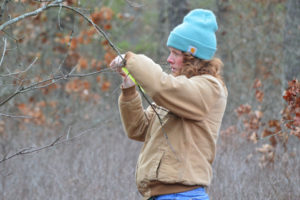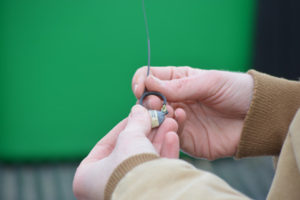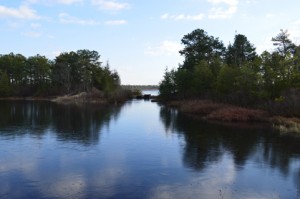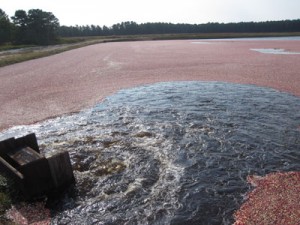Long time readers of this blog will remember that Pine Island was chosen as a site for the Northern Bobwhite Conservation Initiative back in 2013. Over the course of four years (from 2014 to 2018), over 300 wild birds were captured on private land in Georgia, then transferred to our farm, where they were fitted with radio collars, released, and monitored, with the goal of establishing a self-sustaining population.
Our site was chosen for several reasons, among them a state-approved Forest Stewardship Plan outlining long-term management goals as well as the extent of existing quality habitat already onsite from years of active forestry work, prescribed burning and agricultural best management practices that made it stand out above other sites in the region.
While the translocation program was finished in 2018 (an additional year after the initial three year program was completed), the researchers have spent that time evaluating the data, and John Parke of NJ Audubon says that “the first of several research papers associated with the Northern Bobwhite Restoration Initiative will be published in the February 2021 Journal of Wildlife Management.” Lead author Dr. Philip M. Coppola and co-authors Dr. Chris Williams, Dr. Theron Terhune, John Parke, and John Cecil “discuss results of the 5-year study focused on using translocation of Northern Bobwhite (Colinus virginianus) as an important component of Bobwhite population recovery in the Mid-Atlantic.”
From the NJ Audubon website:
Specifically, the research project evaluated “The Landscape Connectivity Hypothesis” which included, exploring the Bobwhite’s site fidelity, survival, including winter survival, reproduction, and resource selection following long-distance translocation. In addition to the Pinelands research site, a second research area was also included in the study to allow for comparison of a variety of factors involving the landscape, habitat and life cycle factors of quail. The second research area was in Kent County Maryland. . . results support the landscape connectivity hypothesis such that reduced connectivity in our study decreased site fidelity and survival. Temporal variation in survival was potentially an artifact of translocation stress or maladaptive behavior during initial acclimation to the release sites, indicating that higher stocking rates may be needed to provide adequate founder abundance for translocation success. Northern bobwhites used early-successional cover at all sites, though selection varied based on scale of analysis and landscape context. These vital rate estimates and resource use patterns should be used to guide future translocations within the Mid-Atlantic, provide perspective for this population restoration technique range wide, and stimulate further investigation into limiting factors.
We look forward to hearing more about this in future months!

